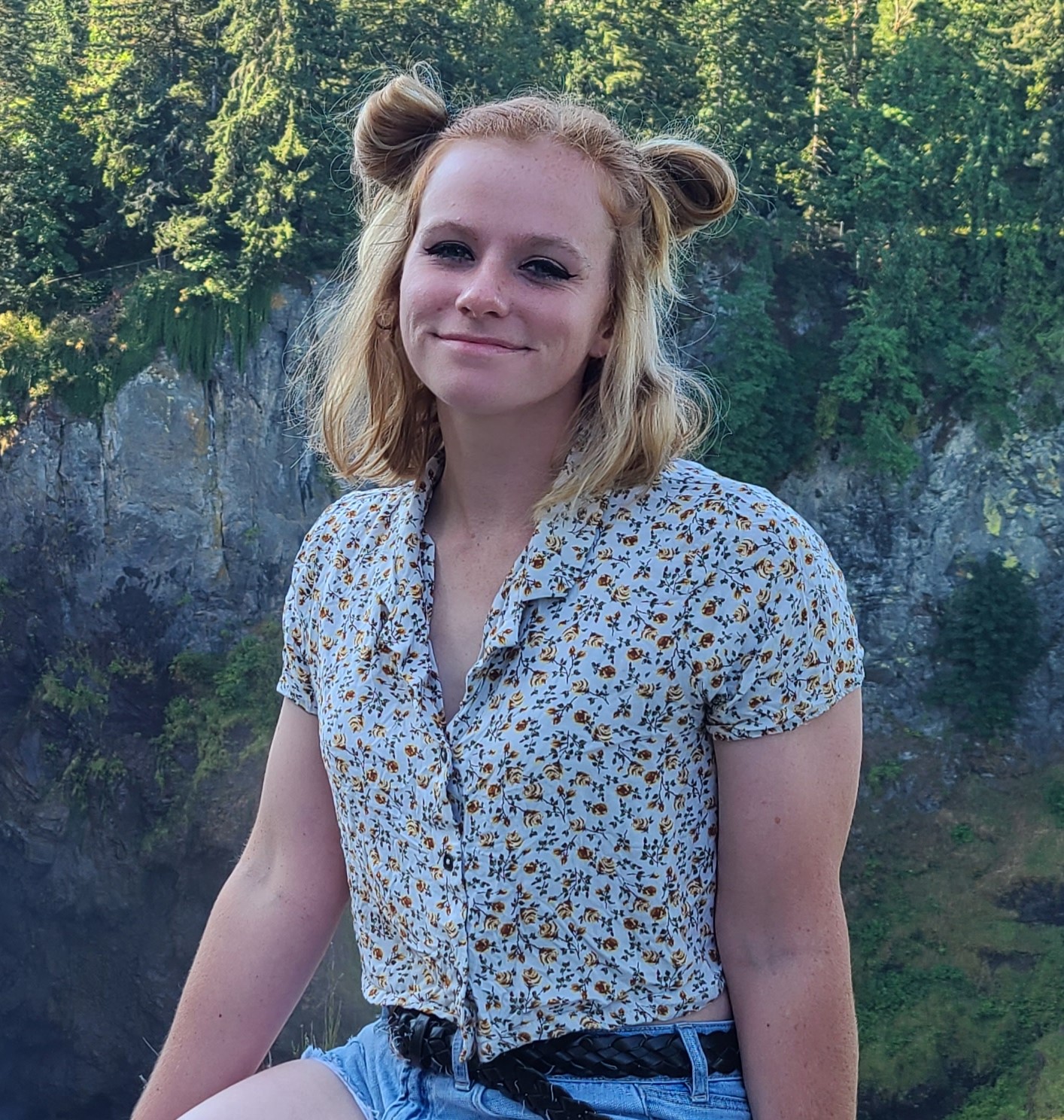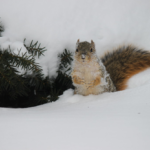Fall can be a very exciting time of year for Georgia. After enduring high summer heat and humidity in the fall we welcome brisk mornings with hot coffee or tea in hand, holiday decorating for Halloween and Thanksgiving, and the beautiful yellow, orange, and red colors of autumn. September and October can be an especially exciting time of the year for a lot of people as it signals the start of the most popular hunting season in Georgia: white-tailed deer season. While the season started on September 14th this year, droves of people were not walking into the woods brandishing firearms and hunting and harvesting any and all deer they set their eyes on. The season every year starts with “Archery-Only” regulations, set by the Georgia Department of Natural Resources (DNR). Additionally, the Georgia DNR sets times and locations where people can hunt and place limitations on age and/or sex of deer that are eligible to be hunted. While there are many laws and regulations set in place to protect populations of wildlife, many ask “Why hunt when you can buy meat at the supermarket?” Hunting not only provides for those who participate, but this exciting fall activity is beneficial both to our economy and the ecosystems we hunt in.
A Healthy Lifestyle
While regulations say that hunting opens on September 14th, the time investment in the practice starts months before, with future hunters spending time understanding how wildlife moves across the landscape through identifying wildlife trails and placing cameras. The key to understanding a species is through observation such as, what time of day the species is most active, where it likes to go, the food it likes to eat, and what scares it off. Observing wildlife in its most natural state is an indescribable experience that many hunters cherish. Ask any hunter about their season last year and they are bound to have a handful or more of stories to tell you.
Across several hunting forums, hunters report a range of time spent outside between 100 to over 300 hours during the hunting season. One study from 2019 indicated that there are positive associations with spending at least 120 minutes outside each week. The 2023 deer season (with Archery starting on September 9th, 2022 and Extended Archery season ending on January 31st, 2023) consisted of 143 days. The more common season is when hunters can use firearms, which then reduces the season length to 85 days. If a hunter invests an average of 200 hours into the activity per season, then they would spend approximately 1.39 hours/day as a bowhunter, or if a firearm hunter that would be 2.56 hours/day. Additionally, the Centers for Disease Control and Prevention (CDC) recommends that an adult should average approximately 150 minutes of moderate activity each week. Hunting is considered a moderate form of exercise, as it requires individuals to walk long distances with the added weight of their gear on their backs providing the recommended exercise time.As well as physical impacts, spending time outside in the fresh air can help lower stress and symptoms of depression or anxiety and may improve memory, creativity, and focus. When spending over 120 minutes in nature, participants of one study reported improved mental health and overall well-being. As well as time in nature, hunting can also promote social interactions as oftentimes many hunt in groups or teams that allow for comradery and story sharing. Social interactions are important for our mental health and well-being as they help us feel connected to others and increase our sense of self-worth. Hunting is one way to spend time outdoors in nature and build community through social interactions. This may be a way to expand upon a love of the outdoors.
Economic Benefits
Hunting is also a main source of revenue for conservation. Revenue generated from sales taxes on items such as firearms and ammunition established by the Pittman-Robertson Act of 1937 (now the Federal Aid in Wildlife Restoration), is allocated to state wildlife agencies for job salaries as well as conservation and management efforts. Purchases made by hunters provide funding for wildlife agencies to establish and maintain wildlife management areas (WMAs) and support restoration efforts. For example, in 2016, hunting activities in Georgia indirectly supported 23,996 conservation jobs through revenue gained from sales of hunting essentials!
At an individual level, harvesting your own food via hunting can also help save some money that would be spent on groceries. On average, adult Americans can consume up to 347.5 grams (0.77 lbs) of meat per day, which is about 5.39 lbs/week and 280.2 lbs/year. As of August 30th, 2024, ground beef (80-89% lean beef) prices averaged $4.16/lb. If one person ate the average amount of meat by only consuming ground beef for the entire year, that person could spend approximately $1,165.96 on just meat at the grocery store. Meanwhile, the Georgia hunting license is $15/year and to just hunt white-tailed deer (covered under the “Big Game” license) would be an additional cost of $25/year for adult Georgia residents. For hunters, depending on the age, sex, and weight of the harvested white-tailed deer, hunters may take home about 68 lbs of meat from males (bucks) and 45 lbs of meat from females (does). In 2024, registered Georgia hunters can take home no more than 2 bucks (or antlered) and 10 does (or antlerless). Next, some hunters may choose to take their deer to a meat processor for a fee, while others choose to process their meat at home, with the latter resulting in saving significantly more money (two years ago I paid $125 to have one buck processed at a local processor, and these prices will vary depending on where you go). For one person to harvest all the meat they consume for one year, they would harvest at least 6 does. If all 6 does were taken to the meat processor, charges for processing could be approximately $750 for that year! If this person chose to process their meat at home, they could save at least $500 the first year, after factoring in the one-time purchase of processing equipment.
Wildlife Management
As of 2017, the Georgia white-tailed deer population was estimated at 1.27 million animals. Without proper management deer populations can be expected to increase as they lack natural predators. Coyotes, black bears, and occasionally alligators can prey on white-tailed deer, but not often enough to help maintain the population. If deer in their local environment exceed the carrying capacity of their territory, their population health will rapidly decline. Where deer are overabundant there is an increased potential for disease transmission, decreased herd health, and lower plant diversity. In 2024, Forsythe county approved an Urban Deer Management Program working hand in hand with Georgia DNR to manage their deer population. This program came to fruition through the numerous complaints from residents about white-tailed deer damaging their properties and increased concerns for herd health and the potential for increased vehicle collisions. Programs like this follow strict guidelines when compared to overall state regulations (i.e., archery hunting only on specific days by a handful of individuals) to both help reduce the local deer population, protect herd health, and help the citizens that reside in the area.
Deer and other wildlife populations are monitored and managed by wildlife biologists. These officials and hunters rely on one another to maintain healthy populations. Hunters especially hold a pivotal role in management, as they participate in sport hunting and actively harvest or hunt deer based on the regulations that government agencies set. These agencies set hunting bag limits, based on data collected from the previous hunting season which helps maintain a balance of certain populations without overwhelming the landscape. Wildlife biologists can perform statistical analyses to reconstruct wildlife populations based on removal data (i.e., how many deer were hunted that year) this is a cyclical process that keeps an ecosystem healthy and hunters happy. The relationship between hunters and government agencies is built upon the North American Model of Wildlife Conservation. In summation, every citizen has the right to hunt legal and regulated wildlife as long as populations are managed based on scientific analyses and data. Thus, many of our game species populations, like the white-tailed deer, are reliant on the relationship shared between hunters and wildlife biologists.
There is a beautiful, cyclical relationship between hunters and wildlife biologists regarding wildlife management. Wildlife biologists need hunters for active management and funding, and hunters need wildlife biologists for guidance and regulations, and care for overall population health. In addition to this delicate balance of nature and human interaction the act of hunting can be beneficial both physically and mentally. Individuals interested in hunting must complete the Hunter Safety Course and obtain a hunting license ensuring the individuals learn about proper firearms handling, outdoor safety, instructs individuals on when to take a “safe shot”, how far you should be from the animal, and much more. A “safe shot” is highly recommended when the deer is broadside, or when the deer is standing perpendicular to you, allowing for a clean and ethical shot. These safe shots are strongly advised as it allows for the hunter to humanely dispatch the animal, thus minimizing the chances of wounding the animal. Individuals may also sign up for a no-cost, in-person Hunter Safety Course through Georgia DNR. These in-person courses last 10-12 hours and can take place over several weeknights or a long weekend. In-person classes near you can be found by signing up and searching through this online portal. Otherwise, if you are interested in learning more about hunting efforts or want to explore hunting yourself, Georgia DNR offers both Adult and Youth “Hunt & Learn” programs.
About the Author
Hello, my name is Justine Smith and I am a Master's student in the Warnell School of Forestry and Natural Resources at UGA. My study focuses on the use of passive camera surveys on private agricultural properties to observe the impact wild pigs have on native plants and animals, and quantify damage to crops associated with the species. I am originally from New Jersey and am slowly but surely acclimating to the intense Georgia heat. When I'm not looking at photos from my cameras, I can be found reading books on the back porch, playing video games, or exploring the woods for some discarded treasures to take home, like deer antlers. Contact me at: justine.smith@uga.edu
- Justine Smithhttps://athensscienceobserver.com/author/justine-smith/January 17, 2023
- Justine Smithhttps://athensscienceobserver.com/author/justine-smith/
- Justine Smithhttps://athensscienceobserver.com/author/justine-smith/December 4, 2021










